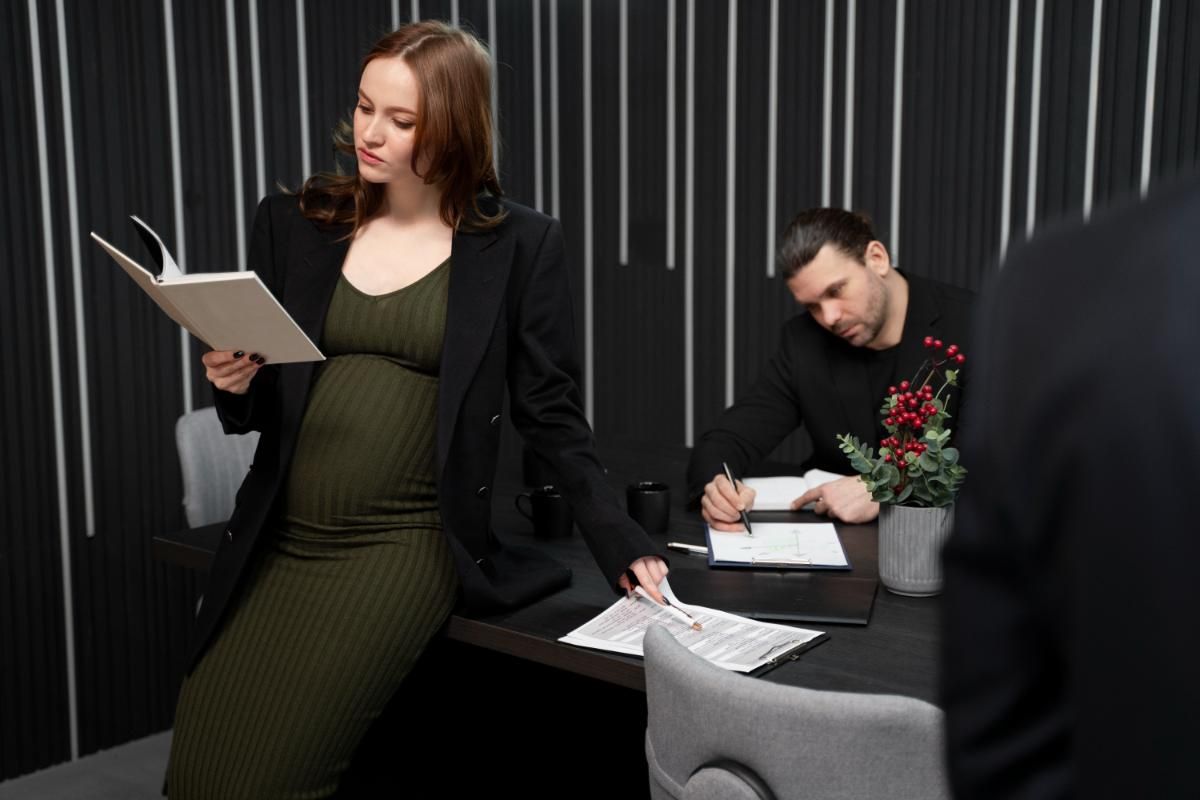Case Studies: Successful Integrity Testing with Surveillance
In today's competitive business landscape, maintaining a strong ethical culture is crucial. Organizations of all sizes need to ensure their employees adhere to ethical codes of conduct and regulatory compliance. Here's where integrity testing comes in, a proactive approach that utilizes various methods to assess an organization's vulnerability to fraud and unethical behavior.
This article delves into the world of integrity testing, exploring its synergy with surveillance to achieve robust corporate governance. We'll delve into real-world case studies to showcase the effectiveness of these combined methods in diverse organizational settings.
Overview of Integrity Testing and Surveillance
What is Integrity Testing?
Integrity testing involves setting up scenarios that tempt employees to deviate from established ethical codes or company policies. These scenarios can be simulated situations, fictitious emails, or phone calls designed to gauge an employee's response to potential unethical opportunities. Think of it as a controlled experiment within your organization to identify potential weak spots.
The Role of Surveillance in Integrity Testing
Surveillance plays a crucial role in integrity testing by providing evidence to corroborate or disprove an employee's actions during the testing scenario. This can involve monitoring email activity, phone calls, internet usage, or even physical video surveillance in specific situations (with proper legal authorization, of course). By combining integrity testing scenarios with discreet surveillance, organizations gain a more complete picture of employee behavior and identify any potential misconduct.
Case Study 1: Fraud Detection in a Financial Institution
Background and Objectives
A leading financial institution in Melbourne suspected
potential fraudulent activity
within their loan processing department. They suspected loan officers might be colluding with external parties to approve loans for unqualified applicants in exchange for kickbacks.
Surveillance Methods Used
The integrity testing team created a fictitious loan application with inflated income and weak credit history. They then
deployed covert surveillance
on the loan officer handling this application. This included monitoring phone calls, emails, and even discreet physical observation of interactions with the fictitious applicant.
Outcomes and Lessons Learned
The loan officer in question actively attempted to push through the fraudulent application. The covert surveillance captured phone calls where the officer discussed the inflated income figures with the fictitious applicant. This concrete evidence led to disciplinary action against the officer and a tightening of internal loan approval procedures.
Case Study 2: Ensuring Compliance in a Manufacturing Company
Background and Objectives
A manufacturing company in Sydney faced concerns regarding potential safety violations in their production process. They suspected workers might be bypassing safety protocols to meet production quotas.
Surveillance Methods Used
The integrity testing team created a scenario where a fictitious employee pressured a production worker to bypass a critical safety check on a machine. Additionally, hidden cameras were strategically placed to observe the interaction and monitor activity around the said machine.
Outcomes and Lessons Learned
The production worker refused to bypass the safety check despite pressure from the fictitious employee. The hidden cameras confirmed the worker's adherence to safety protocols. This not only identified a culture of safety awareness among the workforce but also highlighted the effectiveness of existing training programs.
Case Study 3: Uncovering Misconduct in a Healthcare Organization
Background and Objectives
A hospital in Brisbane received reports of potential patient neglect from a disgruntled former employee. The administration needed to verify these claims and ensure patient care wasn't compromised.
Surveillance Methods Used
Integrity testing involved planting fictitious patients with hidden cameras to document interactions with medical staff. Additionally, patient charts and medical records were monitored for discrepancies or deviations from standard protocols.
Outcomes and Lessons Learned
The covert surveillance revealed a few instances where medical staff neglected proper patient care protocols. This led to disciplinary action against the involved personnel and a hospital-wide review of patient care procedures. The organization also implemented stricter internal monitoring processes.
Benefits of Surveillance in Integrity Testing
Surveillance, when used ethically and legally, offers significant advantages in maintaining organizational integrity.
Enhancing Transparency and Accountability
The mere knowledge of surveillance can act as a deterrent to misconduct. Employees are more likely to adhere to company policies and ethical standards when they know their actions are being monitored. This creates a culture of transparency and accountability, fostering trust among employees and stakeholders.
Preventing Future Misconduct
By identifying vulnerabilities through integrity testing and surveillance, organizations can implement preventive measures to address potential risks. This proactive approach helps to create a stronger ethical framework and reduce the likelihood of future misconduct.
Challenges and Ethical Considerations in Surveillance
While surveillance offers numerous benefits, it's essential to address potential challenges and ethical concerns.
Balancing Privacy and Surveillance
Surveillance must be conducted with utmost respect for employee privacy. Organizations must establish clear guidelines and policies to ensure surveillance is used ethically and legally. Transparent communication with employees about surveillance practices is crucial to build trust and minimize concerns.
Legal Implications
Surveillance activities must comply with relevant laws and regulations. Organizations must consult with legal experts to ensure their surveillance programs adhere to applicable privacy laws and workplace monitoring regulations.
Conclusion
Integrity testing, coupled with carefully executed surveillance, is a powerful tool for organizations seeking to maintain ethical standards and prevent misconduct. By understanding the benefits and challenges of these methods, organizations can effectively implement programs that protect their reputation and safeguard their bottom line.
Real-world case studies demonstrate the effectiveness of surveillance in uncovering fraud, ensuring compliance, and promoting a culture of integrity.
Contact Sydney Private Investigators
for assistance with integrity testing and surveillance
FAQs About Successful Integrity Testing with Surveillance
Q: What are some examples of successful integrity testing with surveillance?
- Detecting fraud in financial institutions
- Ensuring compliance in manufacturing companies
- Uncovering misconduct in healthcare organizations
Q: How does surveillance help in detecting fraud?
- Provides evidence of suspicious activities
- Identifies patterns of behavior indicative of fraud
- Corroborates information obtained through other investigative methods
Q: What are the benefits of using surveillance in integrity testing?
- Enhances transparency and accountability
- Prevents future misconduct
- Improves overall organizational integrity
Q: What are the challenges and ethical considerations in surveillance?
- Balancing privacy and surveillance
- Adhering to legal requirements
New Paragraph
New Paragraph




